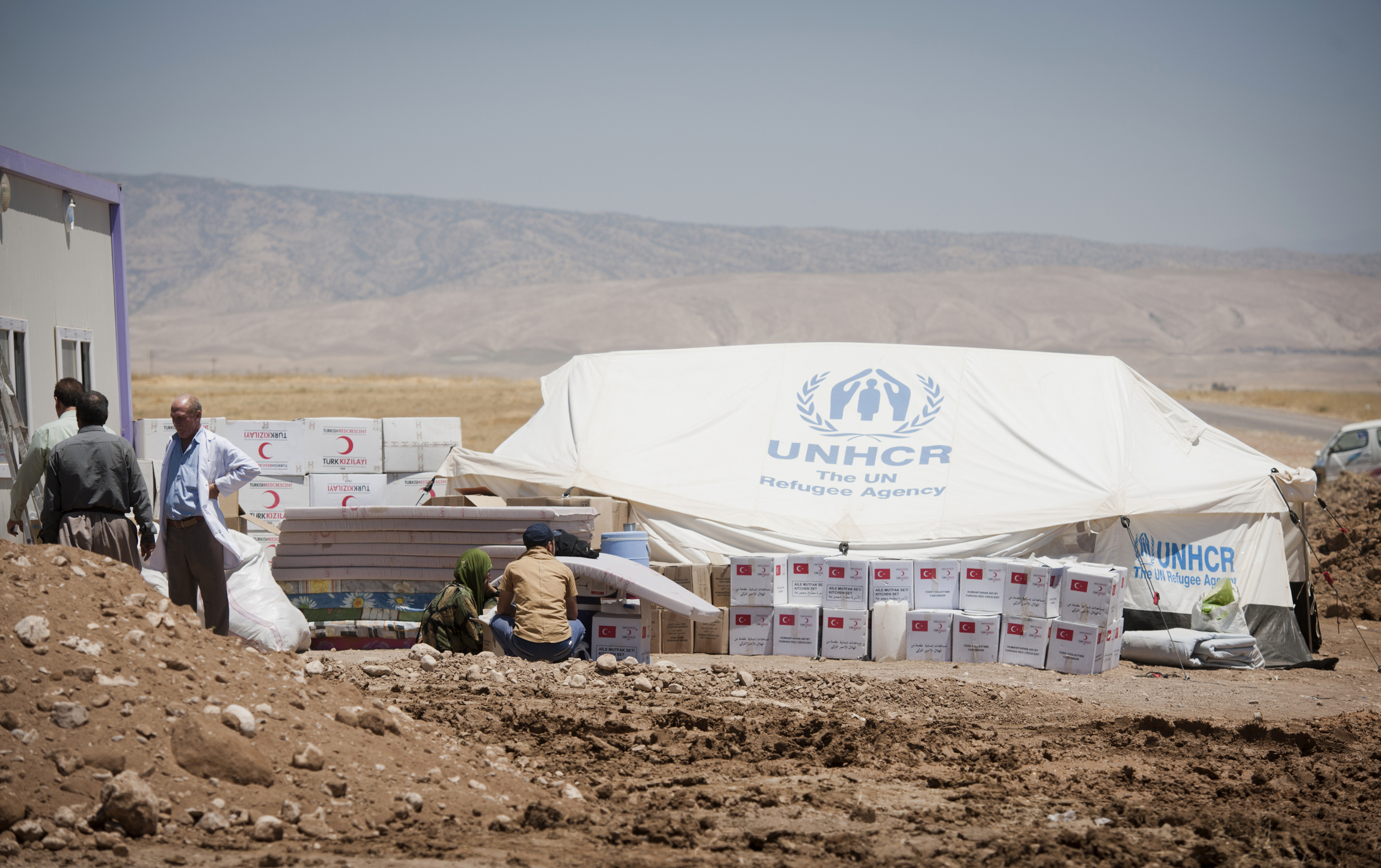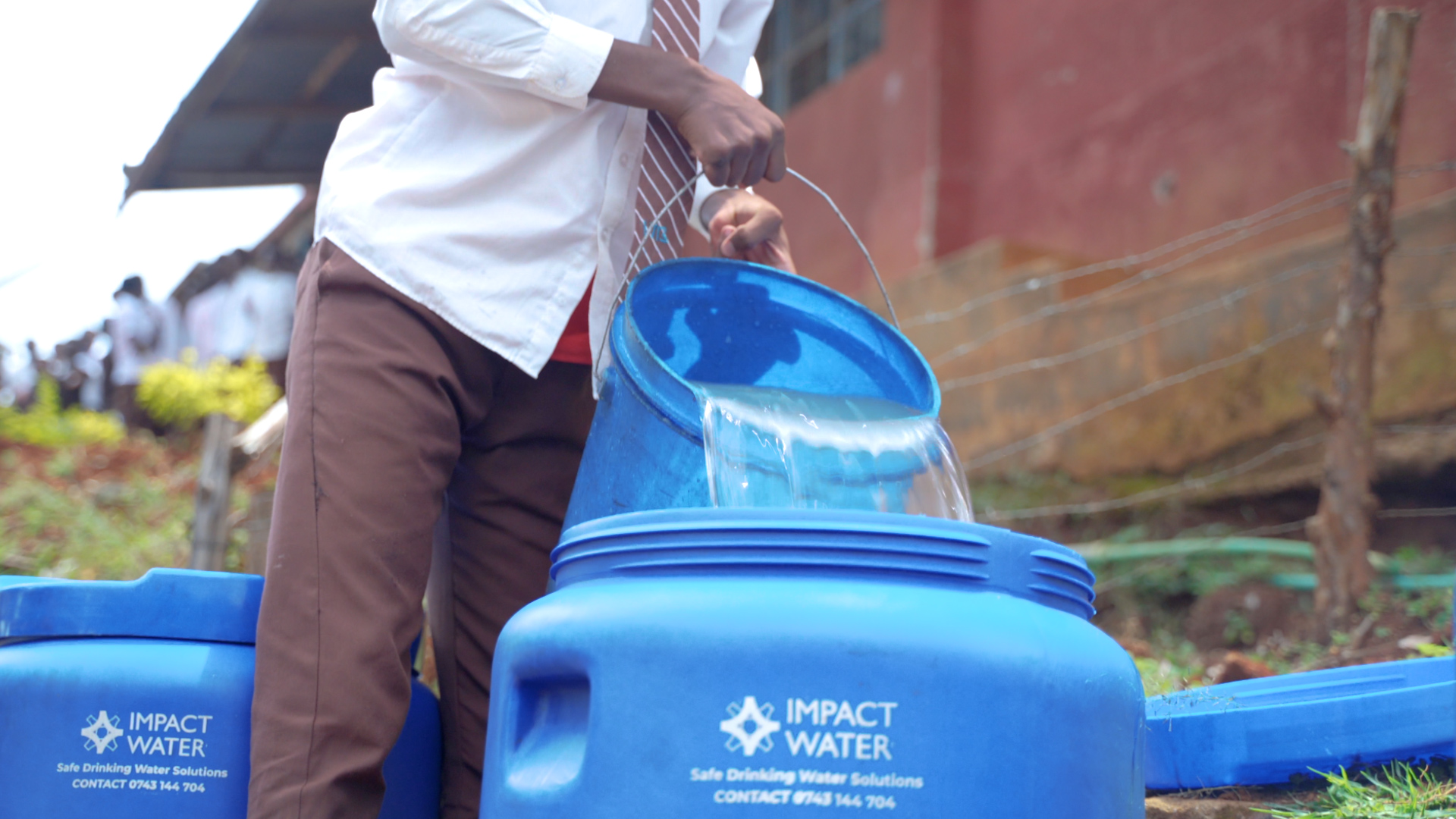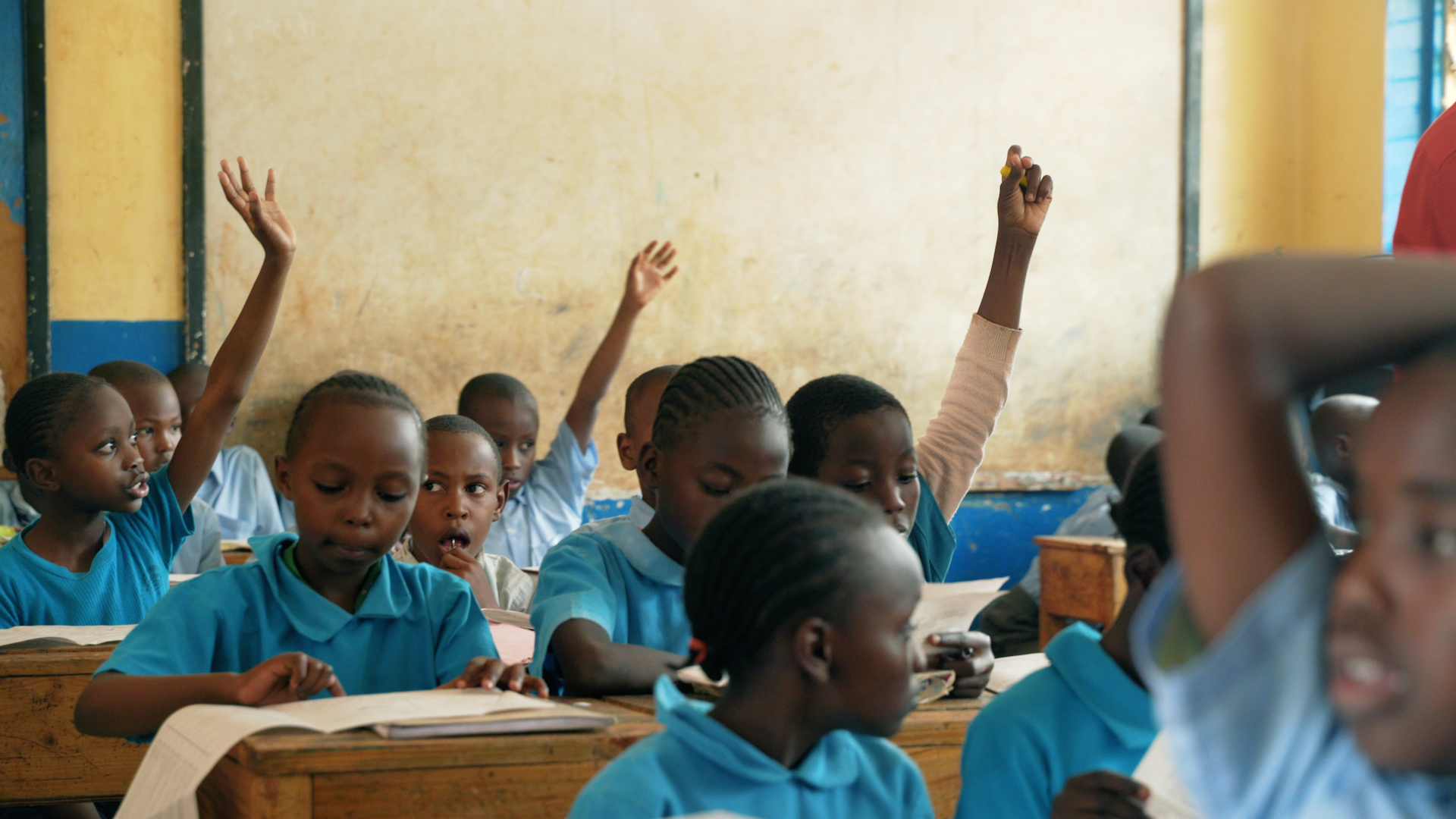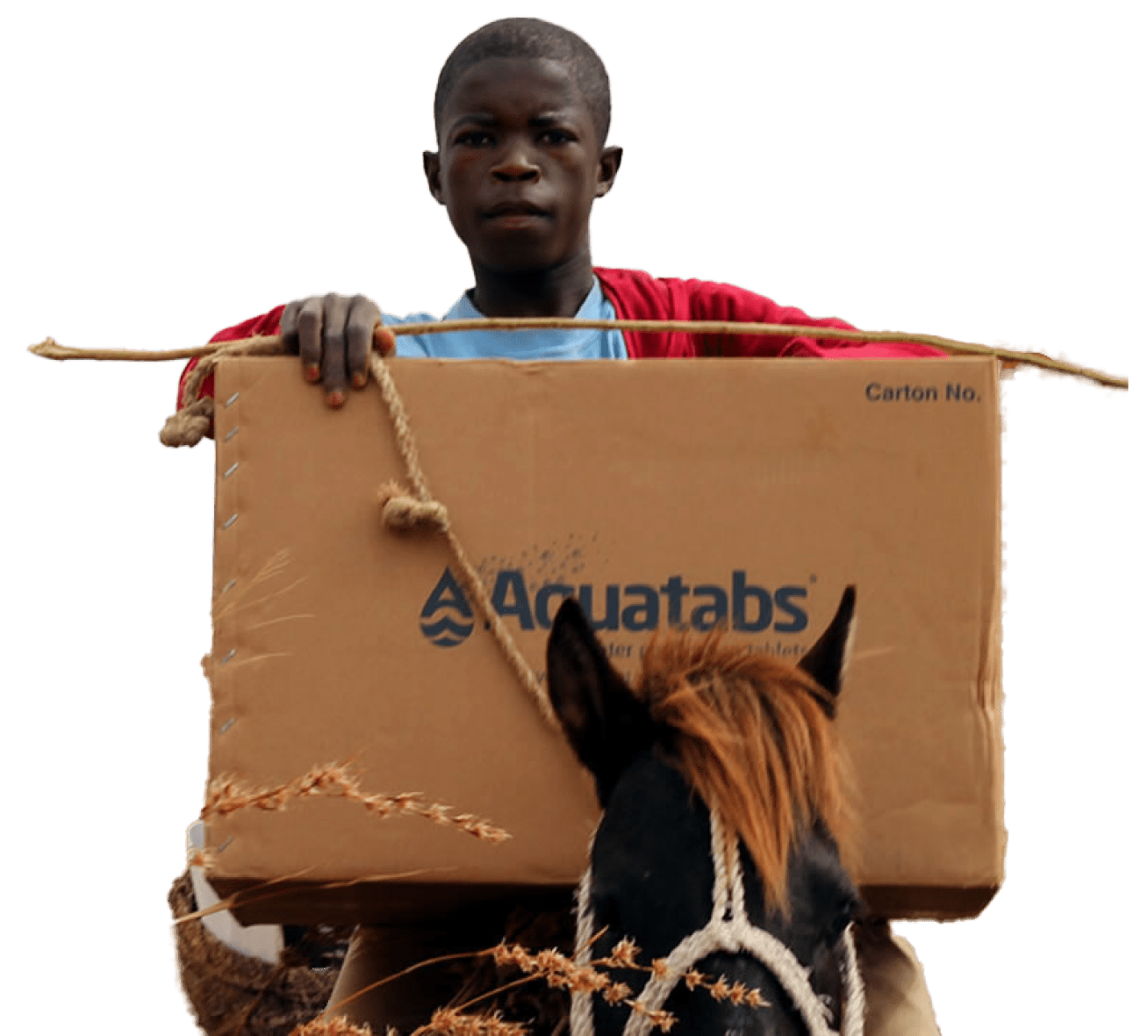This blog post explores the critical aspects of cholera prevention in displacement camps, highlighting the urgent need for safe water and effective hygiene practices.
Cholera remains one of the most devastating public health threats in displacement camps, where overcrowding, inadequate sanitation, and limited access to clean water create ideal conditions for its rapid spread. Caused by the bacterium Vibrio cholerae, this acute diarrheal disease can cause severe dehydration and death within hours if untreated. For displaced populations, already facing immense hardship, a cholera outbreak can compound their struggles, making effective prevention and treatment strategies critical.
Displacement camps are often overwhelmed with people fleeing conflict, natural disasters, or other crises, leading to extreme overcrowding. This high population density not only strains the available infrastructure but also accelerates the transmission of diseases. When access to basic resources such as clean water and sanitation facilities is scarce, cholera can easily spread through contaminated water or food. Humanitarian organizations must act swiftly in such settings to prevent outbreaks and save lives.
Challenges to Cholera Prevention in Displacement Camps

Displacement camps often suffer from limited infrastructure, leading to challenges such as:
- Overcrowding: High population density increases the risk of disease transmission.
- Poor Sanitation: Inadequate waste disposal and lack of proper latrines contribute to environmental contamination.
- Scarce Clean Water: Limited access to potable water forces residents to use unsafe sources
A key intervention in the fight against cholera is the deployment of water treatment solutions such as Aquatabs tablets, they are highly effective in killing harmful microorganisms, including in drinking water. Small, lightweight, and easy to distribute, NaDCC tablets are particularly suited for emergency settings where time and logistics are critical. Once dissolved in water, they ensure safe drinking water within minutes, providing immediate relief to populations relying on contaminated water sources. For displaced families with no alternative to polluted wells or surface water, these tablets can be life-saving.

Effectiveness: NaDCC tablets have been shown to improve microbiological drinking water quality and reduce diarrhoea rates among users.
Ease of Use: Lightweight and easily distributed, these tablets dissolve quickly, making them suitable for rapid deployment in crisis situations.
Long Shelf Life: NaDCC tablets can be stored for over five years without losing efficacy, ensuring readiness for unforeseen emergencies.
Essential Components of Cholera Prevention
However, providing clean water alone is not enough to curb cholera. Effective cholera prevention in displacement camps requires a comprehensive approach. Education plays a vital role in ensuring that communities understand and adopt hygiene practices that prevent the disease’s spread. Organisations often conduct hygiene education campaigns alongside water treatment initiatives to create a lasting impact. Oxfam’s public health approach, for example, emphasizes working with communities to teach proper handwashing techniques, safe water storage practices, and the importance of using latrines. By involving community members as educators, these campaigns ensure that hygiene messages are culturally appropriate and widely disseminated. Simple practices, such as washing hands with soap before handling food or after using the latrine, can dramatically reduce the spread of cholera and other waterborne diseases.
Provision of Hygiene Materials
The provision of hygiene materials is also essential. Distributing soap, buckets with taps, and jerrycans for safe water storage ensures that families have the tools they need to practice good hygiene. In addition, building or repairing sanitation infrastructure such as latrines helps to manage human waste effectively, reducing the likelihood of environmental contamination. Oxfam’s initiatives often combine these efforts, providing not only the materials but also the knowledge to use them effectively. By addressing both the physical and behavioural aspects of hygiene, these campaigns create an environment where cholera transmission is less likely to occur.
Community Engagement and Ownership
Another critical component of cholera prevention is community involvement. Displacement camp residents often have intimate knowledge of the challenges they face daily and are best positioned to help implement solutions that work for their unique situations. By training community members to serve as hygiene promoters or water management volunteers, organizations can foster a sense of ownership and responsibility. This approach not only enhances the effectiveness of interventions but also ensures their sustainability long after humanitarian organizations have left.

Complementing water treatment efforts with hygiene education is vital. Oxfam’s public health approach emphasizes:
- Community Engagement: Training community volunteers to disseminate hygiene messages, including the importance of handwashing and safe water storage.
- Provision of Hygiene Materials: Distributing soap, buckets, and water purification equipment to promote good hygiene practices.
- Sanitation Infrastructure: Constructing latrines and managing waste to prevent environmental contamination.
Despite these efforts, cholera outbreaks in displacement camps remain a constant threat. This highlights the need for ongoing support and innovation in water and sanitation strategies. Rapid-response measures, like NaDCC tablet distribution, are crucial. However, long-term investments in infrastructure and community education must accompany these. This builds resilience against future outbreaks. Agencies like Oxfam continue to lead the way with integrated approaches. They address both immediate needs and systemic issues, ensuring that displaced populations have access to safe water and improved living conditions.
Effective cholera prevention in displacement camps requires a coordinated, multifaceted approach. Safe water solutions, like NaDCC tablets, offer immediate relief. Hygiene education campaigns address behaviours that contribute to cholera transmission. Organisations like Oxfam spearhead public health initiatives, offering hope for reducing cholera’s impact on displaced communities. The fight against cholera isn’t just about disease prevention; it’s about restoring dignity, health, and hope.


